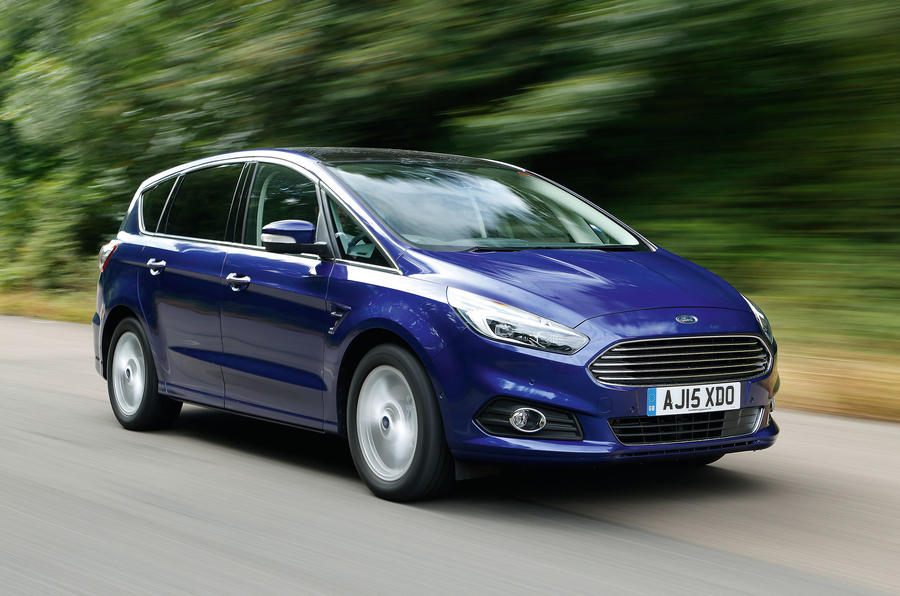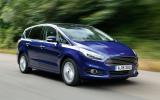What is it?
The lesser-powered petrol version of Ford’s new S-Max, and it’s likely to be a rare sight on UK roads.
That’s because Ford predicts that the diesel engines in the S-Max – four differently tuned 2.0-litre units – will account for 97% of sales in the UK, with the remaining 3% being split between the 158bhp and 237bhp petrol variants.
But don’t let modest sales predictions put you off. On paper, this 1.5-litre Ecoboost petrol engine that the S-Max range starts with is more than £1000 cheaper than the 2.0-litre diesel equivalent and shaves almost a second off the 0-62mph time, albeit with inferior fuel economy and CO2 emissions.
For the private-buying, urban-dwelling big family, the engine looks like it could be a good fit, but is a faster petrol option really a better bet than the frugal entry-level diesels?
We drove this 1.5-litre petrol-engined version with front-wheel drive and six-speed manual gearbox in Titanium trim with an upgraded Sony infotainment system (£450), active park assist (£150), panoramic sunroof (£750), 18in alloys (£400) and the Titanium Family Pack (£400).
What's it like?
The S-Max has always done the practical stuff well, while still offering enough dynamic prowess to be fun. This generation is no different, and the 1.5-litre Ecoboost petrol engine also seen in the Ford Mondeo would seem to be a good affordable option here in the S-Max range.
This seven-seater carries some pretty serious bulk, though, and the powerplant feels a tad sluggish when dragging the S-Max up to higher motorway speeds. That said, it’ll rev out past 5000rpm without fuss, offering a smooth power delivery with minimal turbo lag.
The 177lb ft of torque drops off past 4500rpm, though, so there's no great sense of urgency in acceleration, and it doesn't feel particularly quick. But it is a refined engine, especially below 3000rpm where engine noise is kept to a whisper.
It’s an appropriate urban companion, then, but, while it handles typically well for a Ford family car, outside of its comfort zone on more open roads you’ll pine for the stronger diesel engines that offer better performance and do a greater job of hauling around this MPV's considerable weight. Claimed fuel economy of 43.4mpg and 149g/km of CO2 emissions also leave this S-Max trailing its diesel siblings.
Inside, the S-Max is practical, spacious and well kitted out. It's light and airy, too, at least on our panoramic sunroof-equipped test model. Titanium trim adds sat-nav, cruise control, automatic lights and wipers and lane-keep assist, as well as the new traffic sign recognition safety feature that will spot speed limit changes and adjust your limiter accordingly.
Avoid the optional £400 18in alloys though, as the ride is noticeably better and quieter on the 17ins that come as standard. Wheels aside, the suspension does well to soak up road imperfections, with only the harshest of potholes sending a jolt through the cabin.
Middle row passengers aren’t short on space by any means, but the third row is only really suitable for kids or smaller adults on longer journeys. Access to all seats is a doddle, with levers throwing the middle row up and forward to get to the rearmost seats, or down flat to create an immense 2020-litre load bay.





























Join the debate
Add your comment
maths before buying. When spening £27,000 you may as well enjoy
Couple of things
Stupid Question